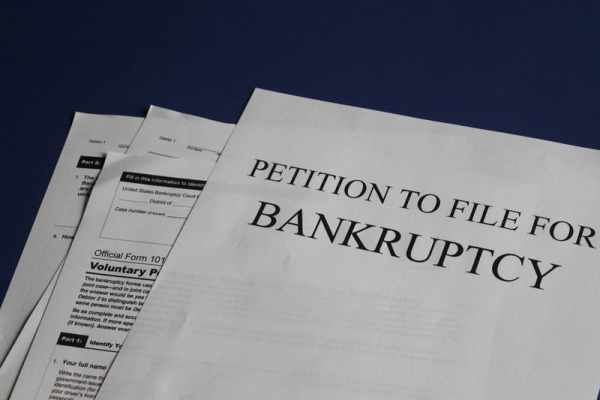Debt consolidation has done right bundles multiple monthly debt payments — usually consolidation of credit card — into one simplified payment and reduces interest charges. This process can make it easier to stay on top of payments on debt and save borrowers money as they chip away at the balances of their unsecured debts.
But, as with any debt relief strategy, consolidation isn’t a sure thing guaranteed to make debts simpler to handle and less expensive to pay off. Reaping the rewards of this strategy depends on finding the right credit card consolidation deal in the first place – one that’ll set you up for success based on your unique financial circumstances.
Here’s more on how to shop around and find a fitting consolidation product.
Compare Debt Consolidation Strategies
There are a few different ways to go about consolidating debts. Which of a firm like Bills.com Debt consolidation solutions you choose depends on the amount and types of debts you have, as well as your credit rating.
- Balance transfer: If you’re struggling with interest rates on one or more credit card balances, transferring the balance to a new card with low or no interest may provide some relief — for as long as that low-interest introductory period lasts, of course.
As Bankrate notes, this means all the payments you make during this window of time go directly toward paying down the principal balance rather than servicing interest. There are balance fees to consider, generally between three and five percent, and it’s important to avoid putting new purchases on your balance transfer card lest you wind up in even deeper debt.
- Personal loan: Borrowers whose credit scores allow them to qualify for a relatively low-interest personal loan can use it to pay down higher-interest debts. This allows them to make a single monthly payment, rather than dealing with a handful of balances while also reducing the amount of interest owed.
- Debt management plan (DMP): Borrowers in need of a heavier-duty solution than a balance transfer who don’t qualify for a competitive personal loan based on credit history may find it useful to enter into a DMP. This entails going over your financial situation with a credit counselor, who may in turn recommend a DMP based on their findings.
Creditors may lower interest, eliminate fees or reduce balances for consumers committed to a DMP. Be aware it generally takes 36 to 60 months to work down debts through a DMP — and certain fees may apply, like a start-up fee and monthly service fees.
Use a Debt Consolidation Calculator
Perhaps the best way to find the right debt consolidation for your needs is to plug your financial details into a consolidation calculator — including annual percentage rate (APR), loan term, amount due and more. These tools are meant to help you compare how much you’re currently paying toward unsecured debts vs. how much you’d pay if you were to consolidate.
Inputting various factors into a calculator can help you understand how they affect each other. For instance, stretching out the loan term beyond a couple years may seem like the smart thing to do because it brings monthly payments down, but doing so can actually greatly increase the amount of interest paid over time.
Shop Around Between Lenders
Just as if you were trying to find the best car for your needs at the best price, expect to shop around offerings between lenders. Compare the interest rates and terms offered, whether you’re comparing balance transfer cards, loans or DMPs.
Finding the right deal about consolidation of credit card balances is a matter of doing your research, crunching the numbers and choosing the strategy best aligned with your needs.











